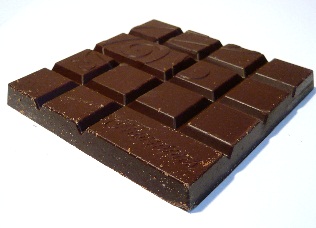Pizza for fractions, chocolate bars for fractions, cake for fractions! Could I teach fractions all the time please?
'Best Buy' - the opportunities are endless! Crisps, different packs of Caramel bars, in fact anything that catches my eye at the time or is on offer at the Supermarket at the time.
Similar solids with the larger Coke bottles.
Strawberry shoelaces for perimeter and measuring.
Making Vimto and peppermint creams for ratio (think green food colouring and mint flavouring). Easy recipe for it here.
Dropping toast for probability - does it always land butter side down?
Pizza for volume of a cylinder.
Investigating ice cream cornets for volume and SA of cones,frustums and spheres - that's a resource I have on TES here.
Cake for division using upper and lower bounds.
Students budgeted for, planned and did my family's shopping for a week - but that's a whole other post!
Please share in the comment box below other ways I can find as an excuse to eat during lessons....
Thanks to:
@SueSutcliffeC4S for suggesting using 100 Quality Street chocolates to investigate percentages
@RJS2212 - here's the Chicken McNugget problem for Frobenius numbers discussed by Numberphile.










Cute post:) Could you explain the cake/bounds reference, please? I can guess, but prefer to be sure!
ReplyDeleteHello and thank you for looking at this post and taking time to comment!
ReplyDeleteI've found in the past that students are happy to find the upper or lower bound of a calculation which involves multiplication but that they struggle with those which involve division. For example p = 25cm to the nearest cm and q = 8cm to the nearest cm. Find the lower bound of p/q.
I tell them to think about it in terms of dividing a cake between people: If you want the upper bound (most cake) then you need the upper bound of p (biggest cake) divided by the lower bound of q (smallest number of people)
Likewise, if you want the lower bound (smallest amount of cake) of p/q you need the smallest cake divided by the biggest number of people (lower bound of p / upper bound of q)
Hope that makes sense?